Some families call SLO County mental health diversion a ‘blessing’ — others, a broken promise
Bunker Greff is like many Cuesta College students.
The 26-year-old attends business classes and goes to the gym each day. After class, he comes home to make dinner at his apartment. He sticks to a consistent, healthy routine. He is close with his older sister and his mother.
But his life wasn’t always this way.
In August 2021, Greff was arrested by Templeton police for reportedly yelling racial slurs and threatening to stab a group of people. Greff recalled being “scared for his life” during the episode and later ran from police before being arrested and charged with multiple felonies.
The incident happened because Greff, who was diagnosed with bipolar disorder as a teenager, was in the midst of a mental health crisis after not taking his medication.
After his arrest, Greff spent six months in San Luis Obispo County Jail, where he read books loaned to him by his sister and planned the future he hoped for himself as he waited anxiously to learn if he would be accepted into the county’s pretrial mental health diversion program.
San Luis Obispo County’s mental health diversion is a pre-plea program administered by the courts, probation department and county behavioral health services that allows eligible defendants to sign up for two years of intensive outpatient mental health treatment in place of taking their case through the criminal court system.
If the program is completed successfully, the defendant’s criminal charges are dismissed by the court.
“The judge gave me a chance, and they were really supportive,” Greff said. “They really wanted to see me change my life around.”
Greff graduated from the program on June 9, 2023, and completed after-care in December. At that point, the judge dismissed the criminal charges, leaving him “a free man,” Greff said.
Greff is among an exceptionally small group of mental health diversion participants who successfully completed the program and had their criminal charges dismissed.
The data shows that from the launch of the San Luis Obispo County mental health diversion program in 2019 to March 31, 2023 — the most recently available data — just 18% of accepted defendants have had their charges dismissed, according to an external program evaluation by Carsel Consulting Group.
Meanwhile, nearly 42% of participants have dropped or failed out of the program to date, according to the data.
Many people with severe mental illness and a co-occurring substance use disorder fail to complete the pretrial program due to the severity of their symptoms, SLO County diversion administrators told The Tribune.
But for Greff, mental health diversion was a “golden ticket.”
He said he felt humanized and learned strategies for medication management, embraced self-care and learned to be vulnerable with his therapist. He has a positive relationship with his family once again.
“It’s been like the hugest blessing for me to be in the program,” he said.
But not everyone who has participated in the diversion program reports feeling that way.
For the past two years, The Tribune has investigated the mental health diversion program, which was established by the state but is administered by the county.
The Tribune interviewed program administrators, graduates and the families of those who failed.
The participants The Tribune spoke to share some similarities, but each situation was unique based on the nature of the criminal charges, acuity of their mental illness and past relationships with the county health agency and court system.
Greff was a diversion success story, while Atascadero resident Joseph Perez was an example of a mental health diversion participant the program was unable to help.
Perez was diagnosed with schizophrenia and had several felonies relating to alleged crimes committed during psychotic episodes.
Lisa Kania, Perez’s mother, said the only option for her son was to plead the charges down to misdemeanors — felons get kicked off the family’s health insurance — or participate in mental health diversion.
Kania said she worried her son wasn’t stable enough for diversion but thought it could be a good option. The reality, however, didn’t live up to her hopes.
“We haven’t had any of the support that was promised to Joseph,” Kania told The Tribune. “I was expecting a lot more support. I was expecting a lot more reaching out.”
Eight months after enrolling in diversion, Perez failed out of the program because he experienced multiple mental health crises that made it impossible for him to comply with the program’s strict requirements.
After failing out in October 2022, he was transferred back to San Luis Obispo County Jail, where his mother said he languished in solitary confinement for months trying to regain competency to stand trial.
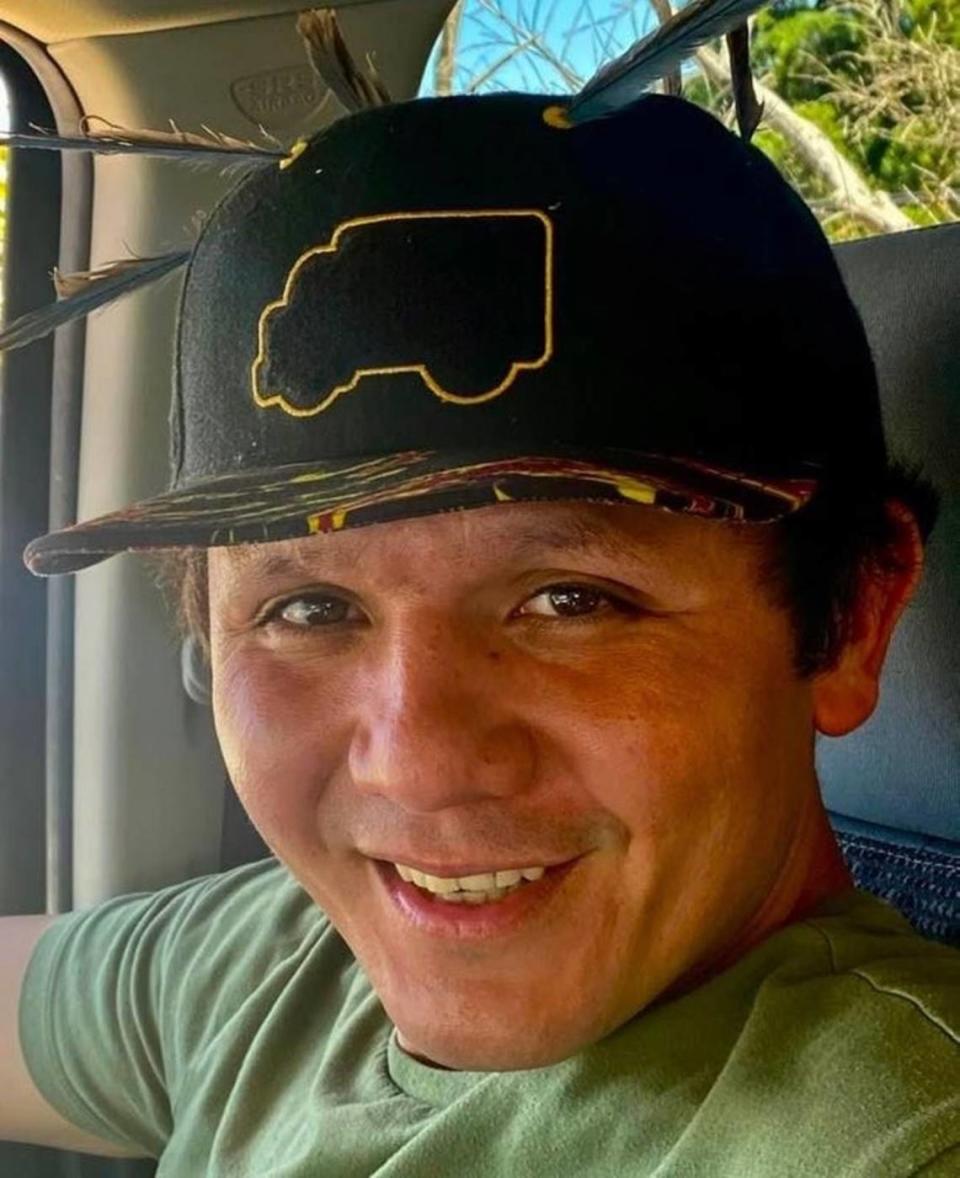
What does mental health diversion look like in SLO County?
In 2018, The California State Senate established the pretrial mental health diversion program to help keep people accused of crimes that were committed due to mental illness out of the justice system and divert them into treatment.
The program is administered jointly between San Luis Obispo Superior Court, which adjudicates the cases; the county behavioral health department, which is responsible for screening potential candidates for mental health diversion and treating those enrolled in the program; and the county probation department, which monitors defendants while they are released into the program.
Defendants seeking mental health diversion waive the right to a speedy trial through an attorney and then begin the two-year program. If and when a defendant successfully completes the program, including after care — a period of time where the client has less interaction with behavioral health but still is under some supervision — a judge will dismiss the charges.
State law requires the behavioral health department to arrange treatment based on what mental health resources are available within the county, mental health diversion program manager Teresa Pemberton said.
And in San Luis Obispo County, the availability of those services is limited, she said.
“We’re a small community. We don’t have a hospital. We don’t have a locked facility. We don’t have a step-down mental health hospital,” Pemberton said. “So it has to be based on the resources that are available in the community.”
The lack of local acute mental health services means the diversion program relies on outpatient services, like in-person consultations with private psychiatrists, psychologists and group therapy.
Eligibility criteria for mental health diversion is broad. Under the law, defendants can qualify for mental health diversion unless they are accused of violent crimes such as murder, manslaughter, rape or other forms of sexual violence.
Defendants diagnosed with antisocial personality disorder, borderline personality disorder and pedophilia are also excluded.
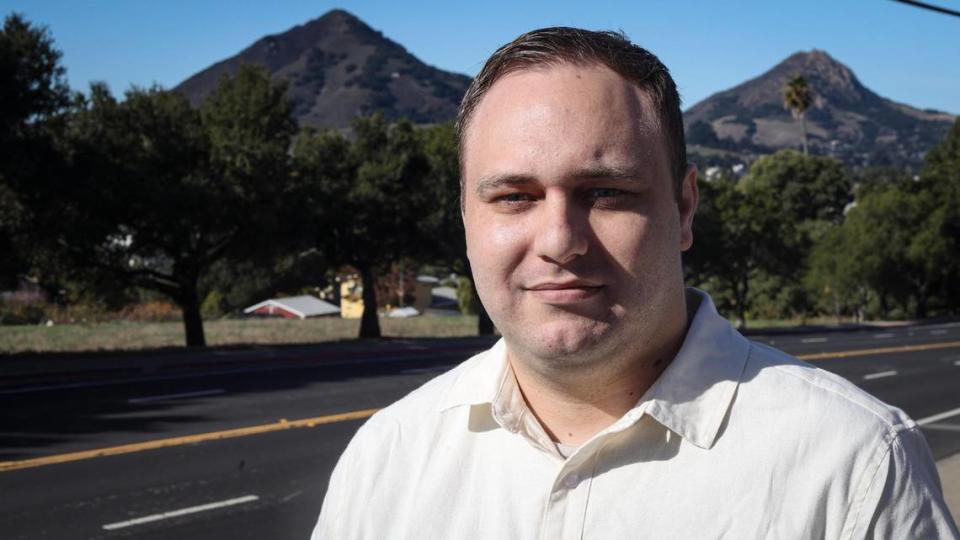
First step for diversion participants? Stabilization
The mental health diversion program lasts about 12 to 18 months and is divided into four phases, each lasting roughly three months, according to a program handbook. They are assessment and stabilization, early recovery, ongoing recovery and completion.
“The first phase is all about stabilization,” Pemberton said. “Giving people the ability to get all those first things done and get stable and begin to meet the staff and develop a relationship with all the people that are going to work with them — their whole team.”
The participant is expected to participate in group therapy and individual therapy about three to four times per week for one to two hours per day, according to the handbook. They are also required to attend hearings with the diversion court about once a week.
Pemberton said the participants must be stable enough to live in a congregate setting, because sober living homes are the only housing option for unhoused diversion participants. That can be tricky for participants who have already had run-ins with local congregate living providers.
“That is why if I have someone come into diversion that no sober living in town will take because they’ve had tons of experience with the person, then we’re unable to give them what they need,” she said.
Although stabilization is considered a three-month phase of the program, Pemberton said the program operates under the assumption that the diversion program participant will have exited whatever mental health crisis they were experiencing while incarcerated and leave San Luis Obispo County Jail stable enough to benefit from intensive outpatient mental health treatment.
However, without a court order, all medication and treatment at the jail is voluntary for inmates.
The Sheriff’s Office told the Tribune in an Aug. 2, 2023, email that 155 out of 430 — 36% — of its inmates at that time were diagnosed with a severe mental illness.
Sgt. Chris Clark with the Sheriff’s Office’s behavioral health unit oversees the Kansas Max housing unit — the mental health wing of the jail — and oversees the jail-based competency treatment program.
He told The Tribune in an August 2023 interview that the mental health wing has 78 beds, but added that mental health care is available in all parts of the jail through Wellpath, the private healthcare company contracted with the jail.
Clark said he must be selective when bringing an inmate into the wing, adding that he prioritizes inmates that can be restored to competency quickly and return to their court proceedings.
For inmates who are unable to be stabilized quickly, he said, they receive treatment outside the unit.
If inmates need medication but refuse it, Clark said, they are given incentives like money to buy items from the jail store to help persuade them to take it. Incentives are also given to inmates who participate in social activities, like tai chi.
“The whole point is trying to get people stabilized and restored,” Clark said.
Diversion and jail administrators both identified stabilization as an important step in the diversion process, but jail is not necessarily the best place for an inmate to be stabilized.
“It’s not a hospital. The design of a jail is for crimes,” Clark said. “It’s for people who have committed a crime to go through their judicial process.”
Clark said the jail has had to adapt to providing mental health care because there are not many options or resources for people to receive care outside the jail.
And for some inmates, like Perez, jail housing can make stabilization more difficult.
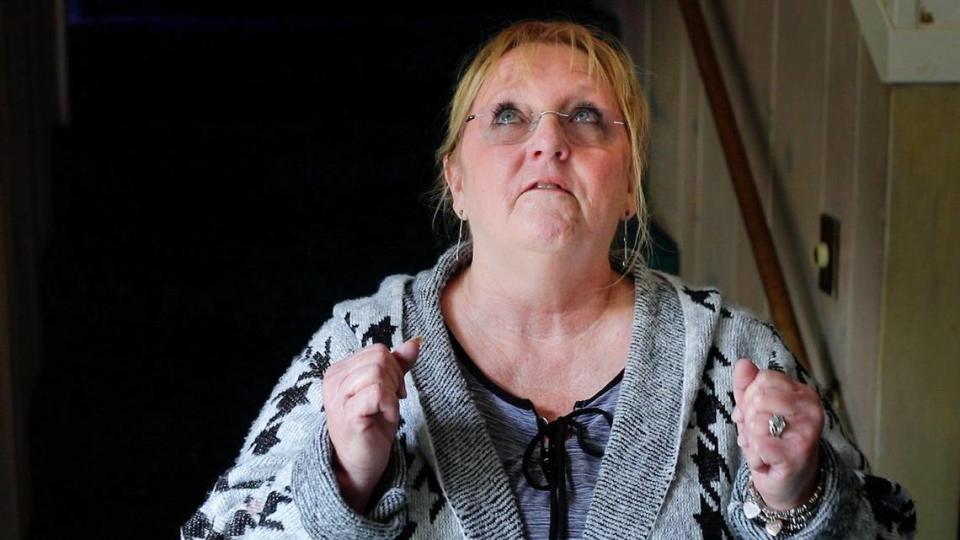
Atascadero man with schizophrenia too sick for mental health diversion
Perez was arrested in June 2021 and charged with crimes committed while he was experiencing a mental health crisis.
Perez started the mental health diversion program in June 2022, but roughly five months later, he was removed from the program.
At no point did Perez’s mental health improve during the time he was in the program, his mother said.
While enrolled in diversion, he was placed on six 72-hour, 5150 mental health holds and in October 2022 spent at least two weeks on an extended hold at a Bay Area psychiatric hospital, according to a Nov. 9, 2022, memorandum filed in San Luis Obispo Superior Court by county behavioral health.
“It’s been hard keeping him out of the hospital,” Kania told the Tribune at the time.
The acuity of Perez’s mental illness was clear after the first meeting with program staff, which Kania said plunged him into crisis. Later that day, he was placed on a 5150 hold by police after diving under a moving truck on El Camino Real in Atascadero.
“In the first interaction, face to face, Mr. Perez displayed agitation, delusions and anger with staff,” the memorandum said. “Due to the severity of symptoms, it was clear that outpatient face-to-face treatment would be a challenge until stability could be secured.”
All of Perez’s appointments were conducted via Zoom because he was too sick to participate in person, the memorandum said.
Kania said her son was also too sick to attend group therapy sessions in person, so she asked that Perez be invited to the sessions on Zoom. But the invitation never came, she said.
According to Kania, being around groups of people is triggering for her son — but the mental health diversion program is run largely in a group therapy setting.
According to Pemberton, this is to help stretch the county’s limited staffing resources.
She said mental health diversion administrators do try to adjust the expectations of the program to meet the individual needs of each participant.
“It’s not a one box that fits all,” Pemberton said. “We do adjust the program to the person. Some people are too severe to do groups every single day. So then we put them in fewer groups. So we adjust based on need.”
Later, Kania said she felt the county’s reliance on telehealth for all interactions was a warning sign that the program would fail her son.
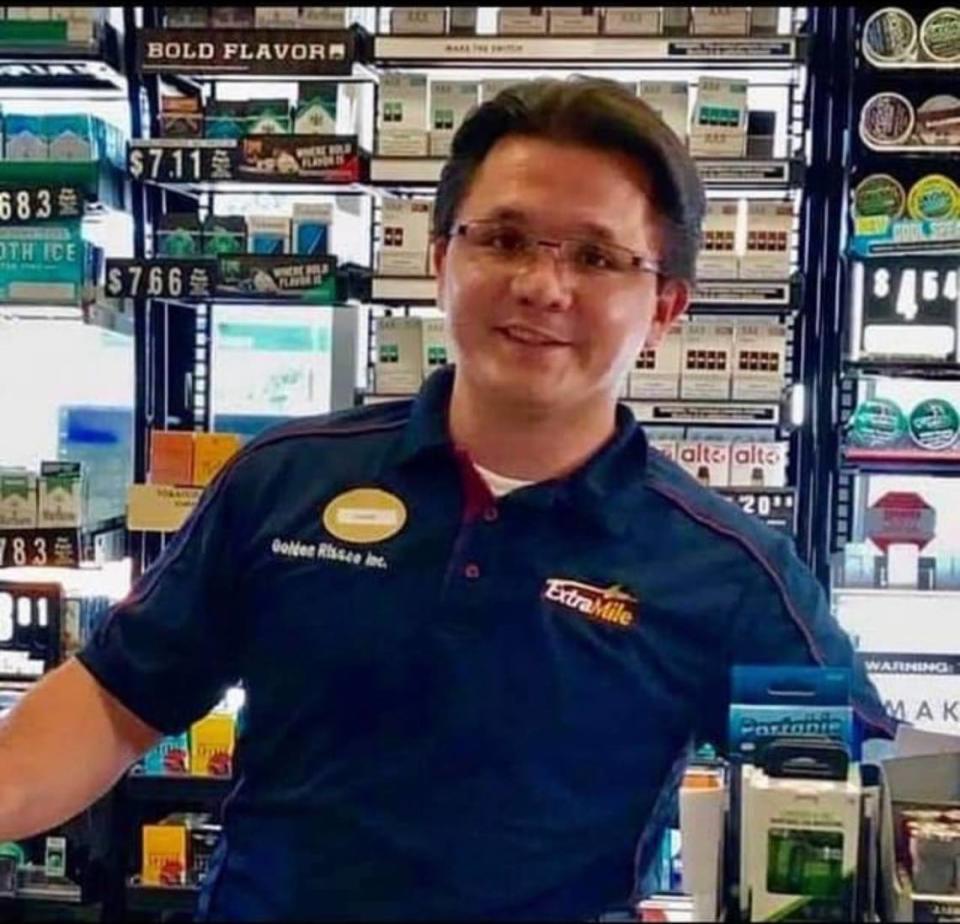
Participant removed from diversion program after positive drug test
Another barrier Perez faced to success in the program came after he tested positive for methamphetamines, amphetamines and benzodiazepines during a drug screening in June 2022.
Mental health diversion participants are required to maintain sobriety as part of the program, Pemberton said.
“The terms and conditions set forth by probation for this program are that they will remain substance free because it interferes with their medications,” she said. “It is one of the concerns when you have someone using substances and mental health medications — they don’t work well together.”
While substance use often occurs concurrently with severe mental illness, Kania said she was shocked to hear that her son tested positive for drugs he wasn’t prescribed.
She said he doesn’t have any money to buy drugs and has always lived at home with the family, under a considerable amount of supervision.
Kania thought that the positive methamphetamine-amphetamine result on the drug test was because a county psychiatrist prescribed him Adderall, a therapeutic amphetamine used to treat ADHD.
Research indicates that prescribed amphetamines and illicit amphetamines can be difficult to differentiate in a drug test, which is why health workers tend to look at medication history to determine if the presence of an amphetamine is due to illegal or prescribed use.
It is still unclear to Kania whether the positive amphetamine result on the drug test came before or after he was prescribed Adderall, because she does not have authority over his medical records.
The family could find no indication that Perez was using illicit methamphetamine, Kania said, and even if her son was, she said the next step should not have been to kick him out of the program.
“If he is having a drug issue, then he should be having a dual diagnosis and under dual programs to address that,” she said. “If that was a problem, kicking him out is not a solution. Putting him into a dual diagnosis program is the solution.”
At the time Perez was in the program, drug and alcohol counseling in tandem with mental health diversion education was not available to participants. Since he was removed, the program has hired a certified drug and alcohol specialist.
The county removed Perez from the mental health diversion program in October 2022 while he was in a psychiatric hospital, court records show.
The court recommended Perez be sent to a higher level of care, such as a state hospital, in November 2022.
“Given Mr. Perez’s severity of mental health symptoms, it raises concern within treatment staff of Mr. Perez’s ability to participate in the program and safety risk,” the memorandum said. “Based on behavior and presenting problems, it is the belief of ... treatment staff and probation that Mr. Perez would benefit from a higher level of care.”
But Perez was not taken to a hospital. After being kicked out of diversion, he returned to jail, and his competency to stand trial was again questioned in May 2023.
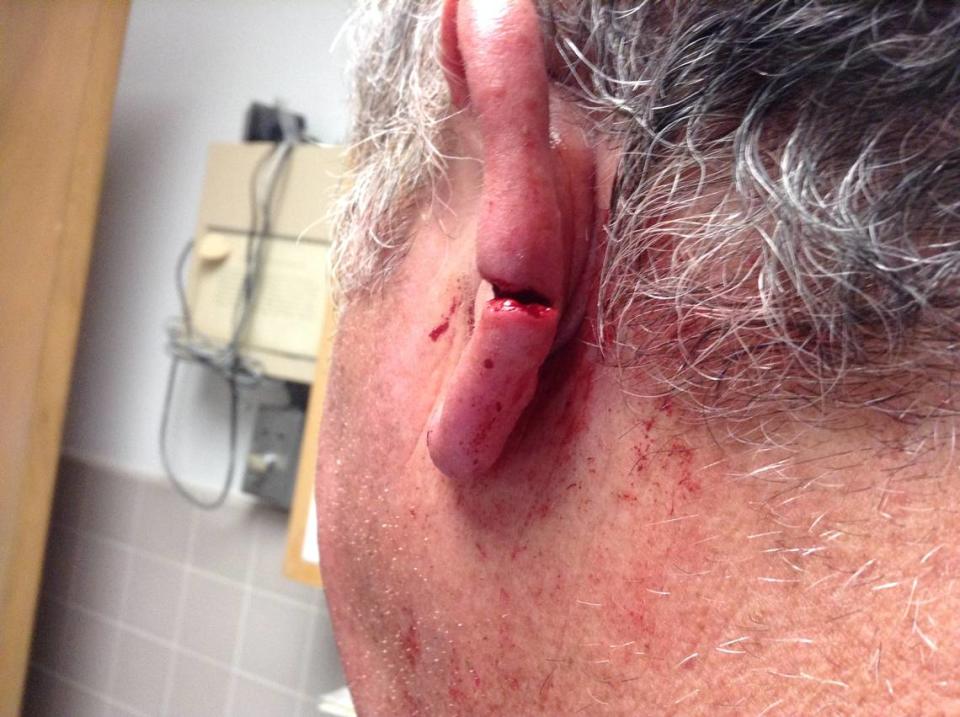
Where is Perez now? ‘I can actually take a breath,’ mom says
At a June 20, 2023, hearing, a judge found Perez incompetent to stand trial and ordered him to receive care at a state hospital, but no beds were available at the time.
Kania was hopeful Perez would get into a hospital, but she wasn’t confident. Perez had been on a wait list for a state hospital numerous times and never actually received a bed.
According to his lawyer, Perez was in solitary confinement for nearly the whole time he was in jail from November 2022 through September 2023, though the Sheriff’s Office disputes what qualifies as solitary.
The Sheriff’s Office said in an August email it does not have solitary confinement but does have “safety cells” where inmates “receive a higher level of care.”
The Sheriff’s Office Custody Manual describes these cells as “an enhanced protective housing designed to minimize the risk of injury or destruction of property used for incarcerated persons who display behavior that reveals intent to cause physical harm to themselves or others or to destroy property, or who are in need of a separate cell for any reason, until suitable housing is available.”
Every 48 hours, inmates receive a mental health evaluation, the manual said, where their housing is reassessed. The manual states inmates must be given meals, fluids, a blanket and multiple checks each day. Continued retention in a safety cell is reviewed every four hours.
Perez’s mother and lawyer both told The Tribune his mental health deteriorated greatly while in the jail’s care.
In September 2023, Perez was given a bed at Metropolitan State Hospital in Los Angeles County, where he stayed for three months.
After intensive inpatient treatment, Perez was found competent to stand trial on Nov. 6, 2023, and returned to San Luis Obispo County Jail to face his charges.
Perez is more stable than he has been in years, Kania said, because he received an intensive level of treatment at the state hospital.
She said the ability to socialize and do more “normal” things, like enjoy a root beer float, watch a movie and visit with family members without chains on, made a huge difference in her son’s health.
On Dec. 7, 2023, a judge ruled Perez was not guilty by reason of insanity to his charges.
He was ordered to be transferred for treatment in a state hospital for at least six months, then would be evaluated and — if he qualified — be put into an intensive outpatient program.
If Perez does have another mental health crisis, he will have a direct line of care to return to the Department of State Hospitals for eight years.
“Today’s the first day I can actually take a breath,” Kania said. “And Joseph, I saw him. He took a breath when he looked at me. He took a deep breath and he smiled at me.”
It was the best possible scenario Kania could have imagined for her son.
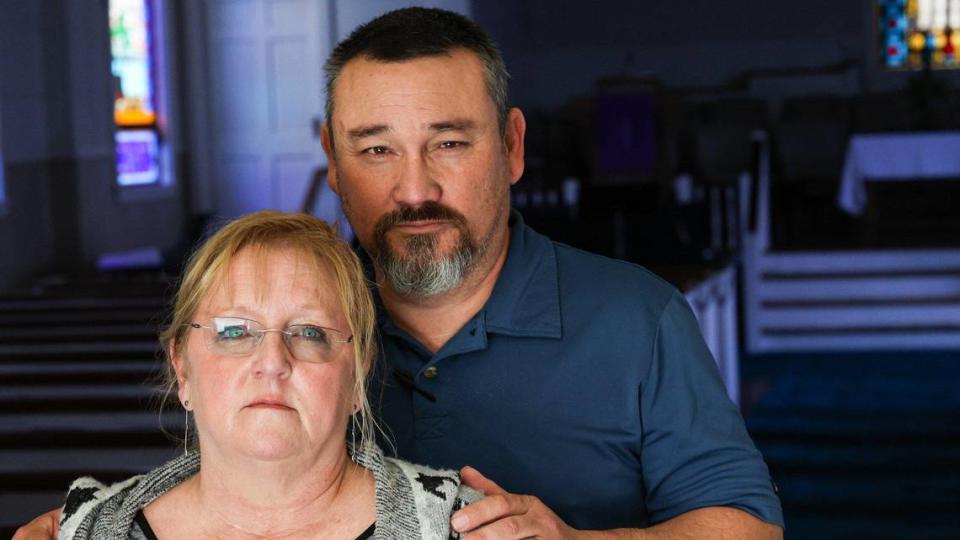
Small portion of diversion enrollees graduate, and fewer have charges dismissed
Perez was not alone in the difficulties he faced while enrolled in the mental health diversion program.
As of March 31, 2023, 93 defendants had been enrolled in the program since its start in 2019, according to an outside analysis by the Carsel Consulting Group.
Of that, 26 participants — roughly 28% of enrollees to date — have graduated, and 39 — approximately 42% — were terminated before graduating, according to the analysis.
Even fewer who graduated from the program had their charges dismissed.
Just 17 participants fully completed the program during that four-year time span, including completing a phase of aftercare post-graduation that results in the dismissal of charges.
Meanwhile, 38 of the program’s participants instead had their charges reinstated, whether after being terminated from the program or for not completing the required aftercare.
The Tribune was unable to independently track the number of mental health diversion participants enrolled in the program that had their cases dismissed due to the “confidential dismissal” of their court cases.
San Luis Obispo County Chief Probation Officer Robert Reyes told The Tribune he felt because the admittance criteria was so broad, many of the mental health diversion participants enrolled aren’t “the ones the authors of the law were intending to see” in the program.
He said many who are unsuccessful in the program have complex challenges that go beyond mental illness.
“It appears the most successful people are the ones that, really, their issue is mental illness,” Reyes said, “and that is the most significant factor in their life and it was a significant factor in contributing to the crime being committed.”
The Carsel Group analysis showed many of the enrolled SLO County diversion program participants were also diagnosed with a substance use disorder, were homeless and had high levels of criminal behavior.
According to Pemberton, the biggest predictor of whether a mental health diversion participant will succeed or fail the program is related to levels of substance use.
“We identified that the high-high substance use is where people were not able to continue to meet the program requirements,” Pemberton said.
The report showed 62% of mental health diversion participants who were eventually terminated from the program before graduation reported high or very high drug and alcohol use upon entering the program.
Comparatively, 77% of participants who graduated from the program reported very low or low alcohol and drug use when entering the program.
“One of the challenges is that if (participants) have a very significant substance abuse issue, that really makes it difficult to try to treat their mental illness, because what they really need to do is treat the substance abuse issue first,” Reyes said. “In many of those cases, they’re really not going to be appropriate for the mental health diversion court.”
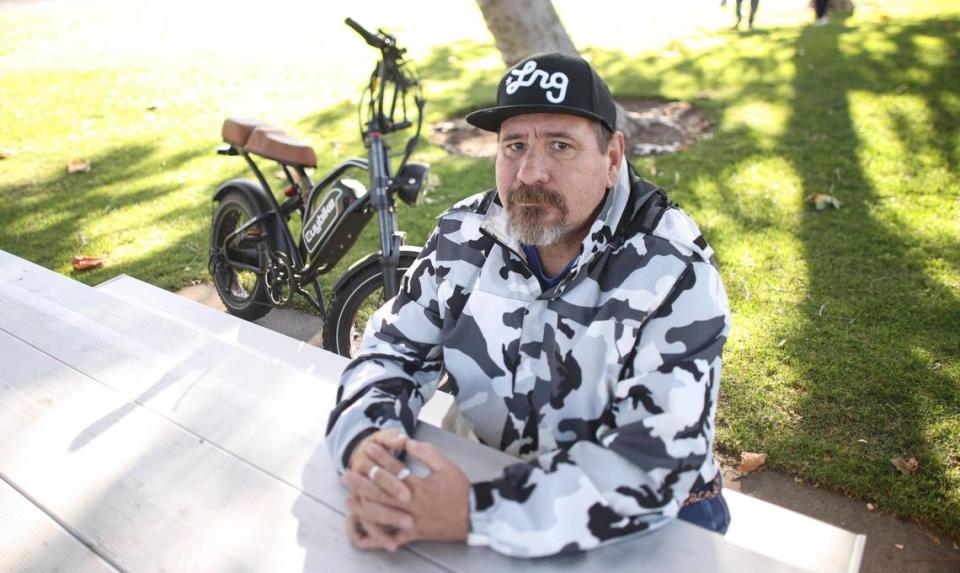
Mental health diversion program provided stability, participant says
The program isn’t without its successes.
Paul Phillips had been in and out of the criminal justice system racking up various charges related to his homelessness, mental illness and substance use since 1999.
In November 2020, he was stopped by police for shouting while in a mental health crisis. Police found Phillips had been carrying a knife and he was eventually charged with criminal possession of the weapon.
Phillips said he had the knife “not to hurt anybody.”
“It was more of a tool,” he said, “because when you’re homeless you can’t even cut up a piece of meat unless you have a knife.”
By this time, Phillips was tired: He was 50 when he was arrested in November 2020, and it was his 12th time in jail. He didn’t want to be incarcerated for a crime he allegedly committed while in psychosis.
“For what was going on in my life, It wasn’t really deserved,” he said. “I just felt like I was being victimized by … these hallucinations.”
Phillips said his attorney encouraged him to join the mental health diversion program, where for 18 months he had access to medication and mental health treatment.
Phillips would have spent less time in jail had he decided to continue his case in the criminal court system, but he was ready for a change.
“I weighed the differences between (jail and the program) and I just said, you know, I’m gonna give something else a try,” Phillips said. “I’ve already done prison before. It’s not therapeutic. It doesn’t really help you at all. ... It’s just punishment.”

Since he was unhoused at the time, he was placed at Restorative Partners, a sober living home in Los Osos, which was paid for by the county.
Having safe shelter, a routine and support made all the difference for Phillips’ mental health.
“I think the biggest benefit is that I really received some stability,” Phillips said. “Because coming from 17 years of being homeless on the street, drinking and drugging and doing all the things I was doing … the stability is really what helped me.”
Phillips said he took the program day by day. He said many people got impatient with the slow pace and repetitive nature and dropped off, choosing to serve their time and get on with their lives.
“I was one of the older people in the program,” Phillips said. “I mean at 53, I’ve already spent 40 years destroying my life, so I thought, you know, a couple years of trying to improve it is what I need to do.”
After living at Restorative Partners for 18 months, he moved into the Transitions-Mental Health Association adult transitional program — designed to help those with mental illness adapt to independent living while still monitoring medication and treatment — for the last 10 months of diversion.
Today, he lives in TMHA’s community residential program, a co-ed household setting where Phillips and other behavioral health clients share household responsibilities and access services and works at Growing Grounds, a plant nursery also run by TMHA staff.
“My life is a hundred times better than it was when I came into the program,” he said. “I just feel really blessed and grateful that I was able to gain housing after long-term homelessness.”

